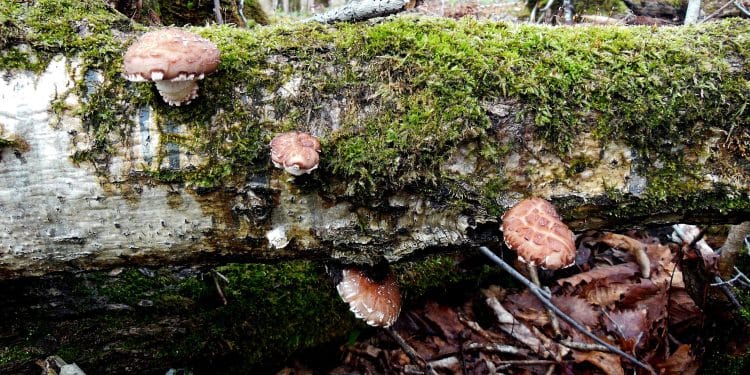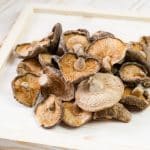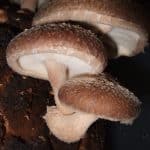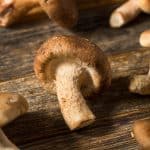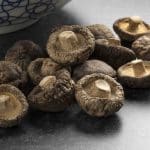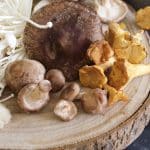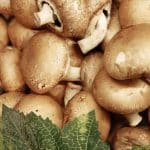Shiitake mushrooms are delicious, and they are also very healthy. These mushrooms are a staple ingredient for many types of Asian food. However, they are less prevalent in North America compared to button mushrooms or portobello mushrooms.
If you haven’t tried them before, you might not know how to prepare them. You might even not know where to buy them.
In this post, we cover everything you need to know about Shiitake Mushrooms. Including what they look like, how to store and prepare them, their health benefits, and much more.
You can find our favorite supplements containing Shiitake Mushrooms on the following page of our website to learn more.
Best Shiitake Mushroom Supplement
So Does Shiitake Mushroom Grow In The Wild?
Wild Shiitake mushrooms in the wild year-round across much of Southeast Asia. They grow on decaying wood from Shii, oak, maple, beech, chestnut, poplar, mulberry, and a few other types of deciduous trees. Shiitake mushrooms were also farmed in China, beginning as early as 1200. Because Shiitake mushrooms are native to Asia, you will not find them growing wild in North America or Europe. Fortunately, they are one of the most widely grown mushrooms in the world, so it is not hard to find.
A food shop or supermarket in your town should have either fresh or dried Shiitake mushrooms. You may even want to try growing your own from a tree stump. Shiitake mushrooms are traditionally grown outside on logs. Holes are cut in the logs, and wooden sticks inoculated with Shiitake spawn are placed in them.
How to Identify a Shiitake Mushroom
Because the Shiitake mushrooms that you will be eating either came from commercial producers or were grown from a log you deliberately contaminated yourself, you are unlikely to come across mushrooms with a similar appearance. But, there is one that you should keep an eye out for.
Galerina marginata mushrooms can sometimes grow on the side of a wild log in forests throughout North America and Europe, and they have even been found in Australia.
These mushrooms are also called the lethal skullcaps or the funeral bells. As their name suggests, they are extremely toxic and must be avoided.
Their yellow-brown caps may look like Shiitake mushrooms in certain stages of their life. Although their caps are generally a more orange-brown color, while the caps of shiitake mushrooms are browner. Galerina mushrooms typically have a ring around their stem, however, this may disintegrate when the mushrooms are grown.
The most reliable way to tell the difference between Shiitake and Galerina mushrooms is by taking spore prints. Galerina mushrooms always give off rusty brown spore prints, while the shiitake spore prints are white. To obtain the spore print, cut a mushroom at the stem end and lay it, gills down, on a sheet of paper. Then cover with a bowl to keep it moist, and leave overnight.
The chances of shiitake logs with a similar appearance growing from the spores are extremely low. However, it is still worth some skepticism, and keep an eye out for other varieties of “small, brown mushrooms” that may grow out of logs as well.
Learn more:
